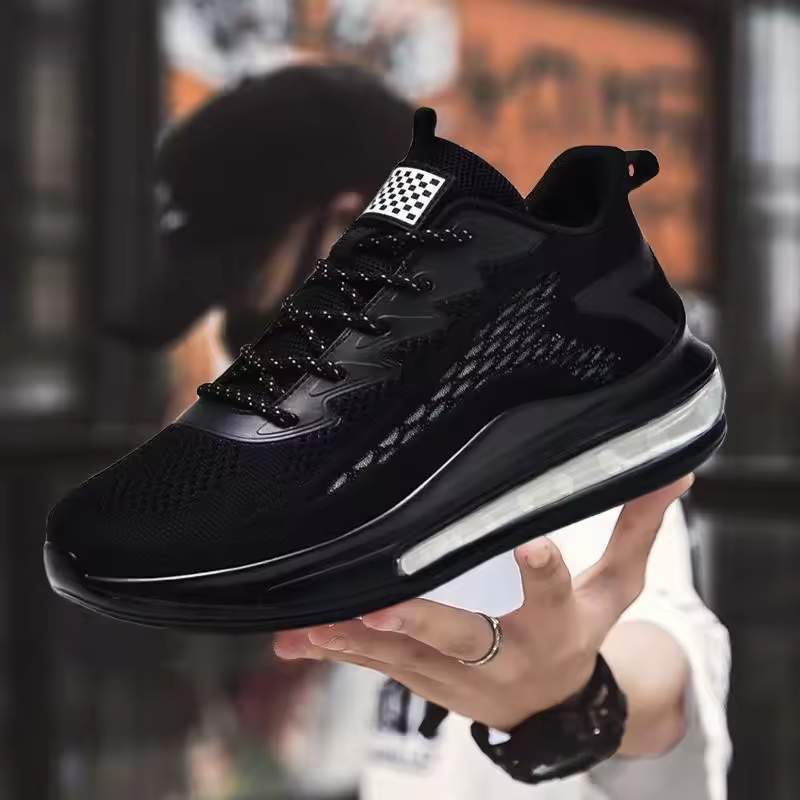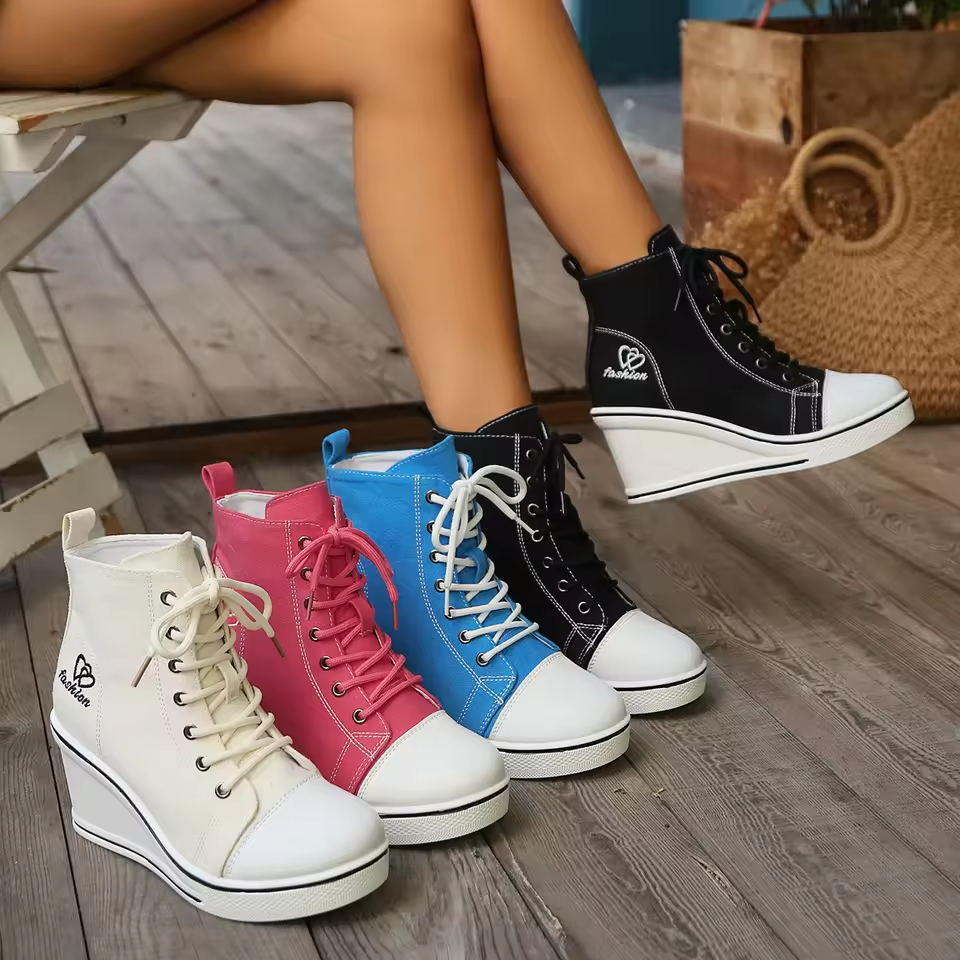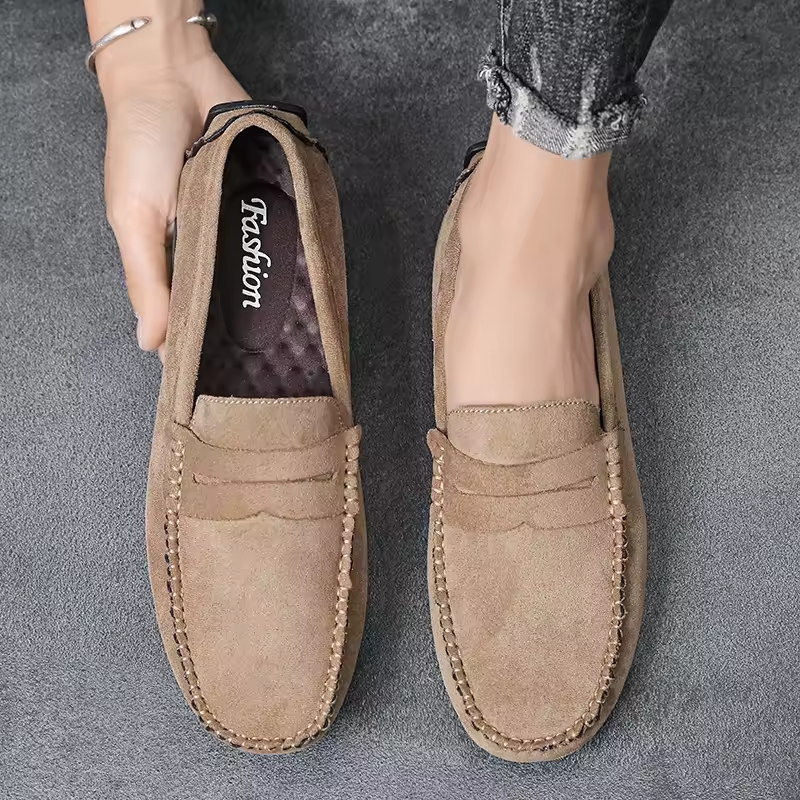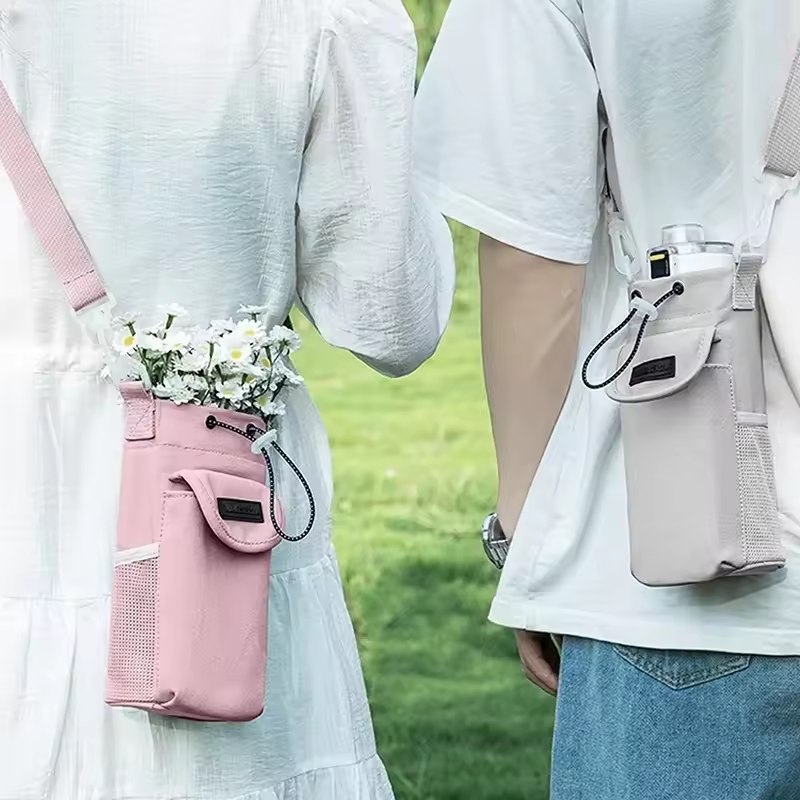Introduction to Sneaker Components
When you slip into a pair of sneakers, do you ever wonder what makes them fit so well, or why they provide such good support and comfort? Understanding the anatomy of your sneakers can give you insights into their design and help you choose the right pair for your needs. Every sneaker is a complex product made up of various parts, each with a specific function that contributes to its overall performance and look.
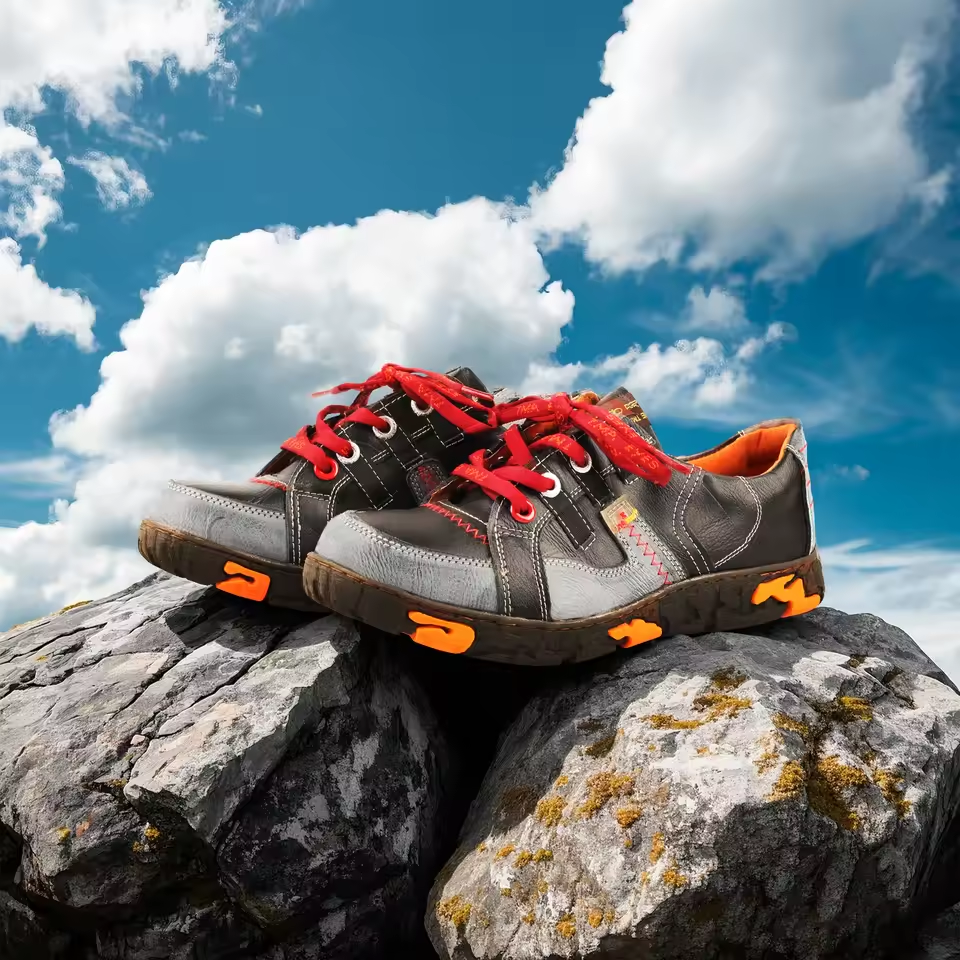
The anatomy of a sneaker is complex, yet each component plays a critical role. From the upper, which encases your foot, to the insole, which provides internal comfort, every part works together to create a functional and stylish shoe. Whether you’re running a marathon or just running errands, the engineering behind these shoes makes all the difference. With a closer look at the essential parts of a sneaker, you’ll have a new appreciation for what goes into every step you take.
Upper: The Sneaker’s First Impression
When you spot a pair of sneakers, the upper is what catches your eye first. The upper gives shape to the shoe and is crucial for ensuring a proper fit. It’s the part that covers your foot from the toe to the heel and often showcases the sneaker’s style and brand identity.
Fashion and function collide in the upper. Manufacturers use various materials, such as leather, synthetic fabrics, mesh, or combinations of these, to cater to different aesthetics and performance needs. Breathable fabrics are key for ventilation, keeping your feet cool and dry. Durable materials like leather add structure and support.
The upper also features a number of sub-parts, such as the toe box, quarter, and heel panel. The toe box provides space and protection for your toes, while the quarter wraps around the sides of your foot for added support. The heel panel aids in stabilizing your rear foot during movement.
Your sneakers’ design, from sleek and minimalistic to bold and colorful, is largely influenced by the upper’s construction. It’s not only about looks; the upper is integral to the sneaker’s overall functionality. It holds the foot in place while allowing for flexibility and movement, crucial for athletic activities or day-to-day wear.
Choosing the right upper is about balance. You want a sneaker that looks good, but also one that performs well, offering comfort, breathability, and durability. Next time you’re sneaker shopping, give the upper the attention it deserves and consider how it will serve your feet and lifestyle needs.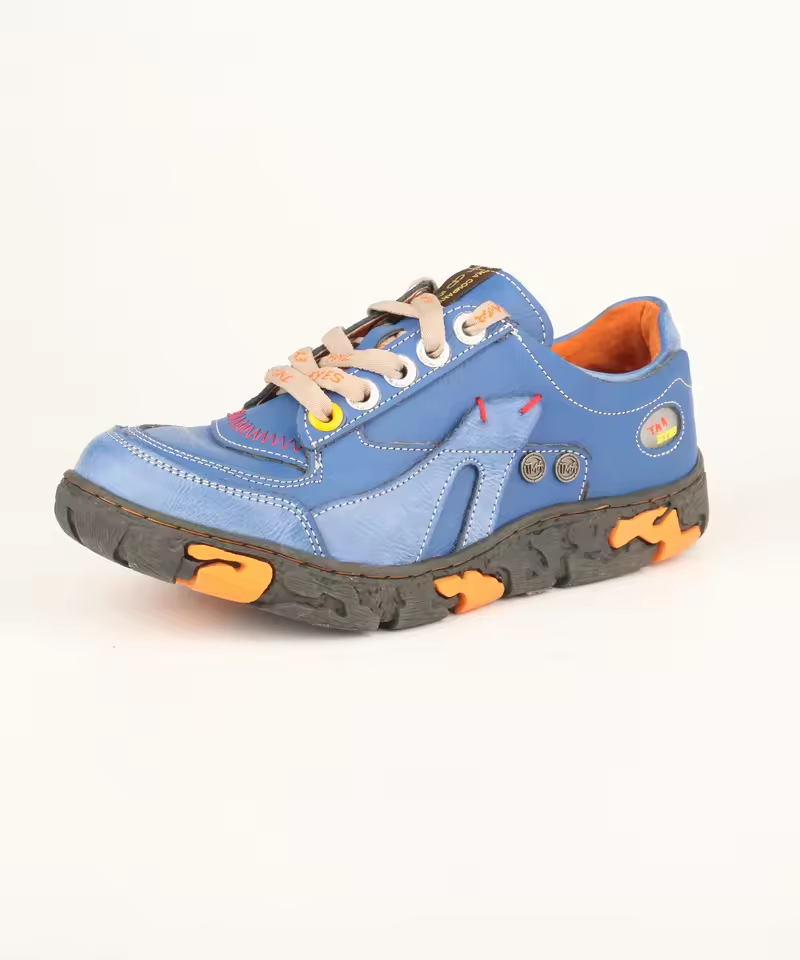
Midsole: The Core of Comfort and Support
The midsole is crucial for sneaker comfort and support. It is the layer between the upper and outsole. The midsole cushions your steps and absorbs shock. This reduces strain on your feet and joints. Key midsole materials include EVA foam and polyurethane. EVA foam is lightweight and offers soft cushioning. Polyurethane is denser and provides more support.
In high-performance sneakers, the midsole may have advanced technology. These may include air, gel, or other proprietary cushion systems. Such features aim to enhance comfort and support. They also improve the sneaker’s performance during physical activities. Running shoes often have thicker midsoles for better shock absorption.
Choosing the right midsole is important for foot health and comfort. For long walks or runs, a sneaker with a good midsole is a must. It can prevent injuries and improve your overall experience. Next time you shop for sneakers, press on the midsole. Check for cushioning that springs back. This is a sign of a quality sneaker that can support you through your activities.
Outsole: Traction and Durability Underfoot
The outsole is the sneaker’s connection to the ground. It’s all about traction and durability. Made to withstand wear, the outsole grips surfaces to prevent slips. It often uses rubber or synthetic materials. These provide the needed toughness and flexibility.
Textured patterns on the outsole enhance grip. Think about walking on wet or uneven paths. A good outsole design can make a big difference. It can keep you steady and safe.
The durability of the outsole is also crucial. It must endure miles of walking or running. High-quality sneakers have outsoles that last long and show little wear over time.
When choosing sneakers, check the outsole’s tread pattern and material. Make sure they are suitable for your activities. Whether you’re into sports or just daily tasks, the right outsole is key for a reliable pair of sneakers.
Insole: The Hidden Comfort Inside
Often overlooked, the insole is the secret to a sneaker’s comfort. Tucked inside the shoe, this component is a cushion for the foot. For every step you take, the insole absorbs impact. This reduces stress on your soles.
Insoles come in many forms and materials. Memory foam molds to your foot shape, giving a personalized fit. Other materials like gel or latex add extra comfort features. They provide support where needed, especially to the arch of the foot.
The right insole can make a huge difference in how a sneaker feels. It can prevent tired feet, even after wearing shoes all day. Many insoles are also replaceable. This allows for a custom feel or easy refresh over time. Insoles are vital for foot health.
When you next try on sneakers, check the insole. Press down to feel its cushioning. This small part of a sneaker plays a big role in your comfort and satisfaction. Don’t overlook the power of a good insole.
Laces: More Than Just a Fastener
Laces on sneakers are not just for show – they play a pivotal role. Think of laces as the adjustable links that secure your feet within the sneakers. They allow you to tighten or loosen the fit according to comfort and need. Good laces can mean the difference between a firm grip and a sloppy, unsteady walk.
While they may seem simple, laces are crucial in achieving the perfect fit. They weave through the eyelets, creating a closure that can adapt to the changing needs of your feet throughout the day. As you move, your feet can swell, and laces make it easy to adjust. This keeps your feet snug and comfortable no matter the activity.
Laces also contribute to the long-term shape of your sneakers. They help in distributing pressure evenly when tied correctly, which prevents the upper from losing its form. This means your sneakers will not only fit better but also last longer.
Choosing the right type of laces is important, too. Flat laces tend not to come untied as easily. Wider laces can provide more surface area for grip and are less likely to create pressure points. While rounded laces may offer a more secure knot.
Next time you lace up, remember that those strings are more than accessories – they’re essential parts of a sneaker that enhance fit, comfort, and performance.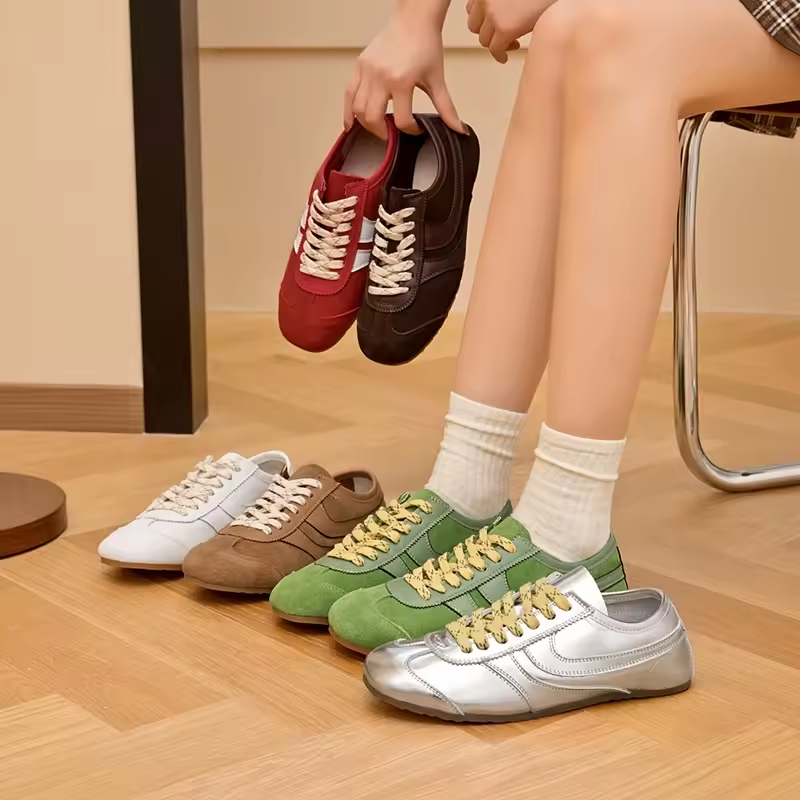
Tongue and Collar: Enhancing Fit and Feel
The tongue and collar are often not discussed, but they are key for comfort in sneakers. The tongue rests on top of the foot and provides padding. This reduces lace pressure and makes for a snug fit. The collar, enclosing the ankle, adds support. It also prevents the heel from slipping out. This combo makes sure your foot is secure and comfy.
The tongue’s shape and padding can vary. Some have notches to stop them from shifting, which helps keep a consistent fit. In high-performance sneakers, the tongue might have extra cushioning. This is for athletes who need more protection and support for their feet.
Collars come in different heights and styles. A high collar can give more support, while a padded collar adds comfort. Low collar designs are for a freer range of motion. It’s important to try and see which design feels right.
When picking a sneaker, pay attention to how the tongue and collar fit and feel. A good fit will not be too tight or too loose. They play a large role in the overall experience of wearing your sneakers. A great pair will have a tongue and collar that feel like they were made just for your feet.
Eyelets and Vamp: Keeping Everything in Place
In the world of sneakers, eyelets and the vamp play pivotal roles in the structure and functionality of the shoe. Eyelets are the small holes that line the upper part of the sneaker, and through which the laces are threaded. Not only do they facilitate the lacing system, but they also contribute to the snug fit of the shoe, allowing you to adjust the tightness to match your comfort level. The vamp is the front portion of the shoe that covers the top of the foot and provides another layer of support.
Eyelets: The Link to a Perfect Fit
Eyelets are engineered for durability and ease of lacing. Made from various materials like metal, plastic, or even reinforced fabric, they ensure the laces glide smoothly and remain secure. The number and placement of eyelets are key in offering a customizable fit; more eyelets mean more precision in how the shoe adheres to your foot, enhancing overall comfort.
Vamp: The Forefront of Foot Support
The vamp affects how the sneaker feels when you move. It should offer enough give to bend with your foot’s natural movement, yet provide enough structure to keep everything in place. Materials and design play a large role in the vamp’s function, influencing both the aesthetic appeal and the practical support of the sneaker. When considering the vamp, look for one that balances flexibility with reinforcement to ensure a comfortable, secure fit that complements the parts of a sneaker that work to maintain its shape and performance over time.
Heel Counter: Stability for the Foot
The heel counter is a hidden but vital part of a sneaker. It’s the firm piece at the back of the shoe that wraps around the heel. Its main job is to keep the heel stable, which is important for preventing injuries. This is key for activities that need quick moves or changes in direction.
The material used for the heel counter often is stiff to provide enough support. However, it can also be padded for extra comfort. In some sneakers, the heel counter is external for more stability and to add a design element.
When trying on sneakers, pay attention to the heel area. A good heel counter will feel snug but not too tight. It should make your foot feel secure with each step. This part may not be visible, but it’s working hard to keep your foot stable. It’s an essential part of the anatomy of a sneaker.
